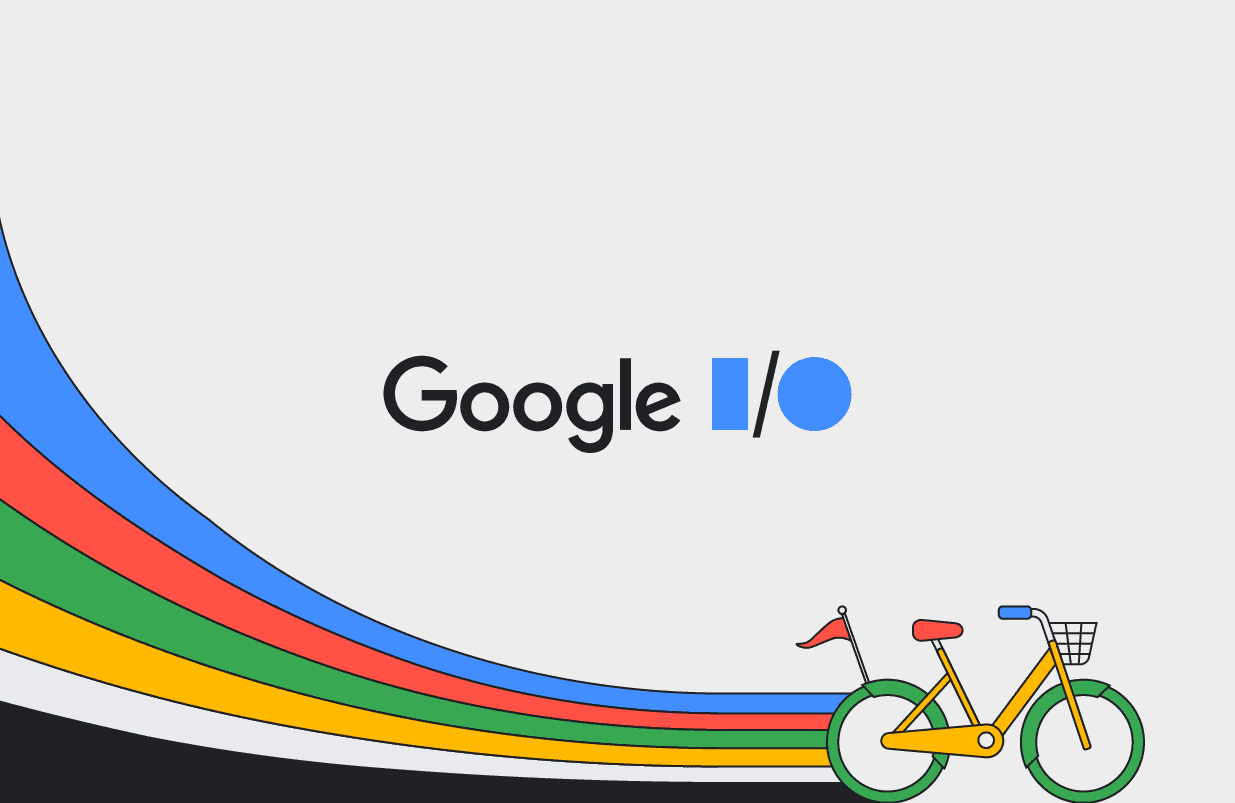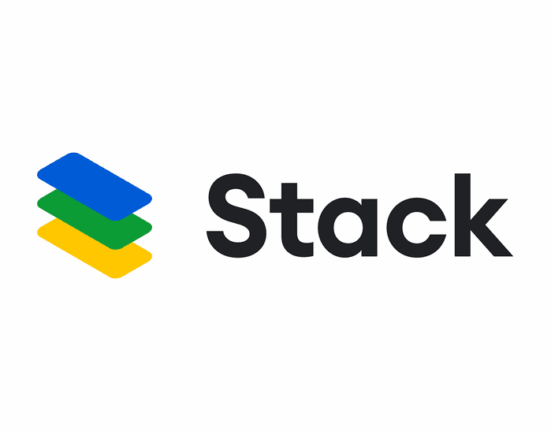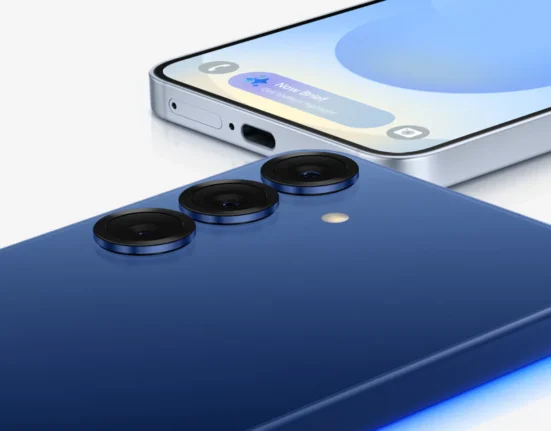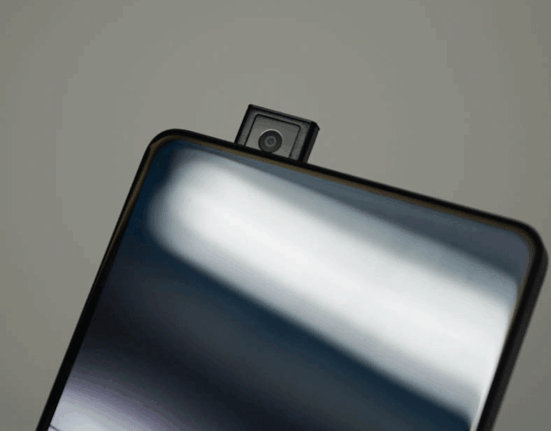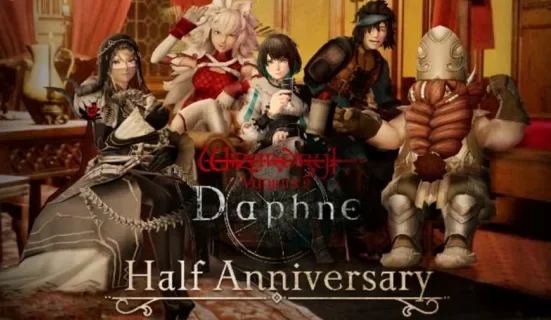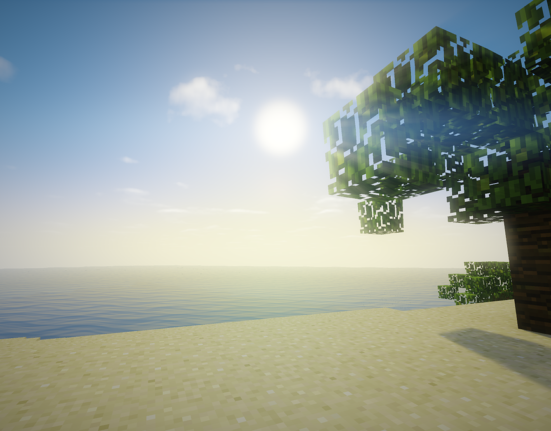It’s been nearly four years since Google introduced the world to Material You at its I/O 2021 event—a fresh visual overhaul that brought dynamic theming and personalization into the Android ecosystem via Android 12. While adoption across apps and system interfaces took time, the direction was clear: Android was getting more adaptable and aesthetically tuned to user preferences. Now, with Google I/O 2025 on the horizon, we’re beginning to see early signs of the next stage in Android’s visual journey.
According to recent findings by prominent Android expert Mishaal Rahman, Google is seemingly gearing up to launch an evolved version of Material Design, tentatively dubbed Material Design 3 Expressive. This isn’t a radical departure, but rather a progression—one that seems focused on enabling developers to craft more engaging, emotionally resonant experiences for users.
Subtle Clues in the Code
Rahman uncovered several pieces of evidence within the Android Open Source Project (AOSP) Gerrit, where a code commit titled “DO NOT SUBMIT I/O 2025 Expressive talk code demos” was spotted. While the title was later edited—likely after Rahman reached out for clarification—the original context, including “io_talk” mentions, clearly ties it to Google’s upcoming developer event.
Further backing comes from GitHub, where changes in the Material Components Android library also point to this new “Expressive” variant of MD3. Though Google has remained tight-lipped about the specifics, a company spokesperson did confirm the experiment, stating:
“Material is experimenting with bringing developers ways to make their apps more engaging by introducing more expressive features. Stay tuned for more updates and guidance!”
This cautious wording suggests we’re looking at a visual refresh that may not turn the design world upside down but still marks an important step in Google’s UI evolution.
A Minor Facelift or a Quiet Revolution?
Despite the term “Expressive” sparking intrigue, don’t expect an all-new design philosophy. The fact that Google continues to use the “Material Design 3” label indicates we’re likely in for an incremental refresh rather than a full-fledged MD4. Still, these micro-adjustments might prove impactful when taken together.
There have already been subtle indications of what’s coming. Internally, Google’s own Settings app is tagged with the “Expressive” label. It showcases minor UI tweaks, such as toggle switches featuring symbols (like Xs or checkmarks) within their handles, and enhanced visual grouping through card-based layouts. Similarly, the progress bar within Gboard’s AI meme generator stands out as a stylistic shift that doesn’t resemble typical Android UI elements.
But as with any pre-release speculation, the list of confirmed features remains short, and some of these updates may not even be directly tied to the Expressive initiative.
Don’t Expect Immediate Results
Even though Google I/O is fast approaching—it kicks off on May 20—users shouldn’t expect these new design elements to arrive on their phones right away. As was the case with previous Material rollouts, developers will need time to implement the updated components and libraries in their apps.
It’s also important to note that this design revamp is unlikely to be directly tied to Android 16. While Android’s new version is well into beta, the Expressive visual language appears to be an independent progression of Material Design rather than a feature-laden update meant for a specific OS release.
In essence, Expressive seems to be about refinement: bringing apps a little closer to emotional resonance and aesthetic fluidity without reinventing the wheel. It’s subtle, but potentially powerful—especially if developers choose to embrace it en masse over the months following I/O.
